In today’s fast-paced business world, managing projects can be a daunting task. The key to success is having a reliable project management solution that can streamline your workflow and increase productivity.
RisePath offers the most effective project management solution that can significantly ease the burden by automating your workflows, providing real-time updates, and improving team collaboration. In this blog, we’ll explore how RisePath helps businesses achieve optimal performance by simplifying their project management processes.
How Important is Streamlining workflows
Streamlining workflows is a crucial aspect of effective project management. It can improve productivity and efficiency by eliminating redundancies and simplifying processes. Identifying bottlenecks in current workflows can also play a vital role in improving efficiency.
It helps to eliminate unnecessary steps and streamline processes. Automating repetitive tasks can also significantly improve workflow efficiency and reduce errors.
This not only saves time but also ensures accuracy. Implementing a centralized system or software can help standardize workflows and ensure consistency across teams and departments. It can also improve communication and collaboration, leading to better project outcomes.
1 – Eliminate bottlenecks
Streamlining processes to identify and eliminate bottlenecks is vital for optimal productivity in project management. Reducing time-consuming tasks that contribute to bottlenecks can be achieved by investing in automation tools.
However, encouraging open communication between team members is equally important in identifying and addressing bottlenecks in real-time.
Regularly analyzing and tracking metrics can pinpoint areas of improvement and eliminate bottlenecks before they arise. By implementing these strategies, the workflow management can become more effective and teams can collaborate efficiently to achieve project success.
2 – Automate repetitive tasks
Automation can have a significant impact on workflow management. Repetitive tasks can be automated to save time, reduce errors and improve accuracy. Automated workflows can help simplify processes and minimize manual intervention.
Also Read: RisePath Free Task Management Software for Small Business
By implementing automation, team members can devote more time and attention to strategic work rather than being bogged down by tedious and time-consuming tasks. This can help improve productivity, boost morale and ultimately lead to better project outcomes.
3 – Collaboration
Collaboration is a fundamental aspect of effective workflow management. It enables teams to leverage diverse skills and perspectives, leading to increased productivity and efficiency.
Moreover, encouraging collaboration fosters a more positive and inclusive company culture, which can result in higher employee satisfaction and retention rates. Collaboration also plays a vital role in innovation and problem-solving.
By gathering insights and ideas from different team members, organizations can make better decisions and gain a competitive advantage. With the rise of technology, collaboration is easier than ever with software and video conferencing tools, enabling remote teams to collaborate efficiently from anywhere in the world.
4 – Centralized communication
Centralized communication is a communication process where all the information flows through a central point or source. Centralized communication channels are governed by a central authority, who has the power to determine who can send and receive messages. This approach to communication can significantly enhance efficiency and reduce miscommunication, making it the preferred choice for larger corporations and organizations.
However, the downside of centralized communication is that it can lead to a lack of collaboration and innovation. Since decision-making power is concentrated in just a few individuals, it may stifle creativity and hinder progress.
5 – Real-time updates
Real-time updates are becoming increasingly popular as users seek to stay informed in real-time. It enables users to receive live and up-to-date information, making it especially useful for news outlets to keep their audience informed on breaking news stories.
Also Read: The importance of staying updated on sales tips for success in 2024
Businesses can also benefit from real-time updates as it provides them with up-to-date insights on their customers and product performance.
Additionally, real-time updates help ensure information is accurate and relevant at the time of consumption, which is critical for decision-making processes. This feature is an essential part of workflow management, ensuring teams can stay up-to-date and make decisions based on the most recent information available.
What Is Project Tracking in Project Management Tools
Effective project tracking is essential for successful project management. Assigning tasks to team members and setting realistic deadlines can help monitor progress and ensure projects are completed on time and within budget.
The use of project management tools can streamline project tracking, providing real-time updates and automated notifications.
Effective project tracking also promotes accountability and allows for the early identification of potential issues before they can escalate into major problems. By implementing these strategies, project managers can optimize workflow management and achieve project success.
Visualize progress
Visualizing progress can be a powerful motivator to encourage continued efforts towards a goal. By tracking progress through visual aids like charts, diagrams, and graphs, individuals can gain a better understanding of their current status and identify areas that need improvement.
Visualization can also provide a sense of satisfaction and accomplishment by seeing how far one has come. Moreover, visual aids simplify complex data, making it easier to communicate progress and keep everyone on the same page.
Overall, implementing visual aids in workflow management can promote effective project tracking and ultimately lead to project success.
Track project milestones
To effectively manage a project and ensure its success, it’s essential to set specific milestones for the completion of major project tasks or deliverables. Assigning responsibility for each milestone to a specific project team member helps ensure accountability and fosters a sense of ownership and commitment.
Developing a monitoring and reporting system to track the progress of each milestone is crucial to staying on top of the project’s progress. Regularly reviewing and adjusting milestones as needed helps ensure the project stays on track and meets its goals.
Effective project tracking strategies like these can be further optimized and streamlined with the use of project management tools, such as RisePath.
Key Features of RisePath for Workflow Management
RisePath takes workflow management to the next level by offering customizable templates that cater to the specific needs of individual clients. Its real-time visibility feature keeps track of every task to ensure timely completion. With its integration capabilities,
RisePath breaks down communication barriers between different tools used in the workflow. This ensures that everyone in the team is on the same page, leading to effective collaboration.
Finally, its built-in analytics offer insights into team performance and areas that need optimization for continuous improvement. These features make RisePath one of the most effective project management solutions out there.
Task Management and Tracking
Effective task management and tracking is essential for individuals and teams to organize their work and stay on schedule. It not only leads to increased productivity but also reduces stress levels by providing a clear plan of action.
Tracking progress on tasks is equally important as it enables individuals to gain valuable insights and prioritize future work accordingly.
Fortunately, with the advent of online task management tools and apps, collaboration and deadline tracking have become easier than ever. Using these tools, teams can stay on the same page and achieve project success through effective workflow management.
Collaboration and Communication Tools
Collaboration is a crucial aspect of effective workflow management, especially when team members are working from different locations. Online communication tools, such as Slack and Microsoft Teams, provide real-time messaging, video conferencing, and file sharing capabilities that allow team members to easily communicate and work together on projects.
Additionally, project management tools like Trello and Asana offer a centralized location for task assignment, tracking progress, and monitoring due dates. Cloud-based document sharing tools, like Google Drive or OneDrive, also make it easy for team members to edit and share documents in real-time, resulting in a seamless collaboration experience.
Overall, these collaboration tools play a significant role in streamlining workflows and fostering effective teamwork.
Real-Time Analytics and Reporting
Real-time analytics and reporting have revolutionized the way organizations make decisions. With the ability to access data and insights in real-time, businesses can react quickly to changes in market trends and adjust their strategies accordingly.
Real-time analytics tools enable companies to identify and address issues as they happen, preventing them from spiraling out of control.
Moreover, by identifying inefficiencies or bottlenecks in their processes, businesses can use real-time analytics and reporting to streamline their operations and take immediate action to improve them. Overall, real-time analytics and reporting can drastically improve a company’s performance and help it stay ahead of the competition.
How RisePath Improves Workflow Efficiency
RisePath’s automated workflow solutions are a game-changer when it comes to streamlining processes and eliminating time-consuming tasks. Its seamless integration capabilities minimize the need for manual data entry, reducing the risk of errors.
But that’s not all – RisePath’s analytics provide valuable insights into workflow performance, allowing teams to identify and address bottlenecks quickly. By standardizing processes and reducing the need for manual intervention, RisePath drastically improves overall workflow efficiency and increases productivity.
With these key features, it’s easy to see why RisePath is one of the most effective project management solutions out there.
Eliminating Bottlenecks and Streamlining Processes
To improve workflow efficiency, it is crucial to identify the areas of operations that experience delays or inefficiencies. Once identified, the root cause of the inefficiencies must be analyzed to determine the most effective solutions. This may involve implementing process improvements, such as automation or reorganization, to eliminate the bottlenecks.
It’s important to continuously monitor and improve processes to further streamline operations and improve efficiency. By continually optimizing workflows, organizations can achieve greater productivity and profitability.
RisePath is one tool that can help organizations achieve this by providing real-time analytics and reporting, customizable templates, and seamless integration capabilities.
Automating Repetitive Tasks and Reducing Human Error
Automation is a vital aspect of effective workflow management. Not only does it save time for employees and the company, but it also reduces the chances of human error as the task is completed by a machine or software.
Automation can significantly reduce errors in everyday workplace tasks such as data entry or order processing, leading to increased efficiency and productivity. Moreover, the use of automation can free up employees’ time to focus on higher-level tasks that require creativity and problem-solving skills that cannot be automated.
By implementing automation strategies, businesses can improve accuracy and consistency while reducing the need for manual intervention, ultimately leading to cost savings and increased profitability.
Optimizing Resource Allocation and Utilization
Effective resource allocation is crucial for organizations looking to optimize utilization and minimize waste. By using tools and strategies such as data analytics and project management methodologies, businesses can allocate resources more efficiently, leading to decision-making, resource optimization, and risk management.
When resources are allocated and utilized optimally, organizations can achieve higher productivity, cost savings, and competitive advantage. Therefore, it is essential to have a proper understanding of resource allocation to ensure businesses operate efficiently and effectively.
Resource management
Resource management is an essential process of every organization to allocate and use resources effectively and efficiently. It involves planning and forecasting the requirements of various resources like human, financial, and physical resources.
With effective resource management, businesses can allocate the appropriate resources to the relevant tasks at the right time, leading to optimal output and better productivity.
On the other hand, poor resource management can lead to wasted resources, missed deadlines, and decreased productivity. Therefore, organizations must focus on efficient resource management to stay competitive and achieve their goals.
Allocate resources effectively
Effective resource allocation is essential for any organization looking to optimize their productivity and stay ahead of the competition. This involves identifying the necessary resources for each project or task, prioritizing them based on importance and availability, and allocating them accordingly.
A project management methodology that emphasizes planning, scheduling, and resource allocation is a useful tool for effective resource allocation. Additionally, regular review and monitoring of resources are vital to ensure their efficient use and making adjustments as needed.
By utilizing technology and software tools, organizations can improve their resource allocation by automating tasks, analyzing data, and identifying areas for improvement.
Optimize resource usage
To reduce resource waste and optimize productivity, organizations must implement efficient processes and employ a resource tracking system to monitor usage and identify areas of improvement.
Adopting cloud computing technology can also contribute to minimizing physical hardware requirements, leading to cost savings and reducing environmental impact.
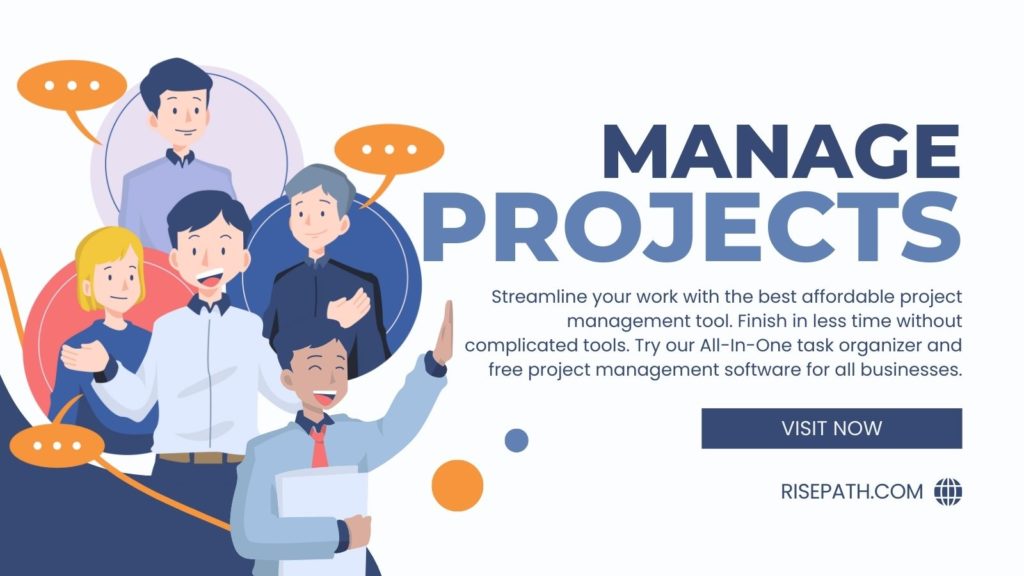
Additionally, promoting awareness and responsible resource usage through training programs and encouraging a culture of conservation can help organizations achieve their sustainability goals while improving the bottom line.
By implementing these strategies, businesses can operate more sustainably and stay ahead of the competition.
RisePath: The future of project management software
RisePath is a project management software that simplifies the process of managing projects and teams. It offers a wide range of tools for project tracking, task management, team collaboration, and reporting.
With RisePath, teams can work together seamlessly, regardless of their location or timezone. The software provides a comprehensive overview of a project’s progress and enables effective communication which results in increased productivity.
Overall, RisePath offers an intuitive and streamlined approach to project management, making it suitable for organizations of all sizes and industries.
The benefits of using RisePath for project management
RisePath offers a comprehensive platform for project management with an end-to-end approach that can streamline task delegation and encourage collaborative efforts. The platform’s real-time updates allow team members to keep track of the project’s progress at all times, preventing any delays or miscommunications. Additionally, RisePath provides innovative tools for collaboration, such as a messaging system and centralized document library. This reduces the administrative and communication overheads, which can be a significant time-saver. With enhanced visibility and accountability, project managers and team members can make better decisions and achieve improved project outcomes.
Frequently Asked Questions
What is RisePath?
RisePath is a technology company based in Los Angeles, California focused on providing solution based platforms that are simple to use.
Our team is dedicated to making the best solutions possible to help organizations of all sizes. We are continuously striving to innovate and improve RisePath’s solutions for our wide range of users around the world. Our team is dedicated to making the best solutions possible to help organizations of all sizes.
We are continuously striving to innovate and improve RisePath’s solutions for our wide range of users around the world.
How does RisePath help in project management?
RisePath offers a complete project management platform that includes features such as task tracking, team collaboration, and progress monitoring. With the platform’s task management feature, team members can easily assign, prioritize, and track tasks, leading to increased productivity and efficiency.
RisePath’s team collaboration tools are designed to promote transparency and reduce miscommunication amongst team members as files can be easily shared and communication records kept. It also enables project managers to track project milestones in real-time and identify any issues they need to address, making informed decisions that will help to ensure project success.
Can multiple users work on the same project using RisePath?
One of the key benefits of using RisePath for project management is its ability to facilitate collaboration among team members. Multiple users can work on the same project simultaneously, without worrying about version control as changes are saved in real-time.
The platform also enables members to leave comments and feedback for each other within the system, streamlining communication and minimizing errors.
Moreover, project owners have complete control over access and permissions, allowing them to manage each team member’s contribution effectively. Overall, these features make RisePath an excellent choice for organizations looking to boost collaboration and teamwork.
Is it possible to customize workflows in RisePath?
RisePath offers a graphical workflow designer interface that enables users to create and customize workflows efficiently. Whether businesses need to modify existing templates or create custom workflows from scratch, RisePath provides the flexibility to meet specific business needs.
The platform allows multiple workflow components to be configured to achieve various automation tasks, such as task assignments, email notifications, and data processing. The customized workflows can also be saved and reused across different projects in RisePath, simplifying the workflow management process.
Does RisePath offer any reporting or analytics features?
Yes, RisePath is not just a project management solution, it also offers a robust reporting and analytics feature. RisePath’s reporting and analytics features allow for detailed tracking and analysis of user progress and engagement across courses and learning paths.
These features include custom reports, performance dashboards, and analytics-driven insights on key performance metrics. With RisePath’s reporting and analytics features, administrators can track learner progress, measure engagement levels, and identify areas for improvement at both the individual and group level.
By utilizing these features, organizations can continuously evaluate and optimize their training and development programs to drive better learning outcomes and achieve their goals.
Conclusion
In today’s competitive business environment, efficient workflow management is crucial for achieving success. With the help of RisePath, businesses can streamline their workflows to eliminate bottlenecks while automating repetitive tasks.
Collaboration becomes centralized with real-time updates, and project tracking becomes easier by visualizing progress and tracking milestones. RisePath offers key features such as task management and tracking, collaboration and communication tools, and real-time analytics and reporting. By eliminating bottlenecks, automating repetitive tasks, and optimizing resource allocation, RisePath helps improve workflow efficiency.
Organizations can also benefit from effective resource management that involves allocating resources effectively and optimizing their usage. RisePath is the future of project management software, providing a comprehensive platform that streamlines task delegation and encourages collaborative efforts while enhancing visibility and accountability. In conclusion, utilizing RisePath can help businesses achieve better productivity, cost savings, and a competitive advantage.
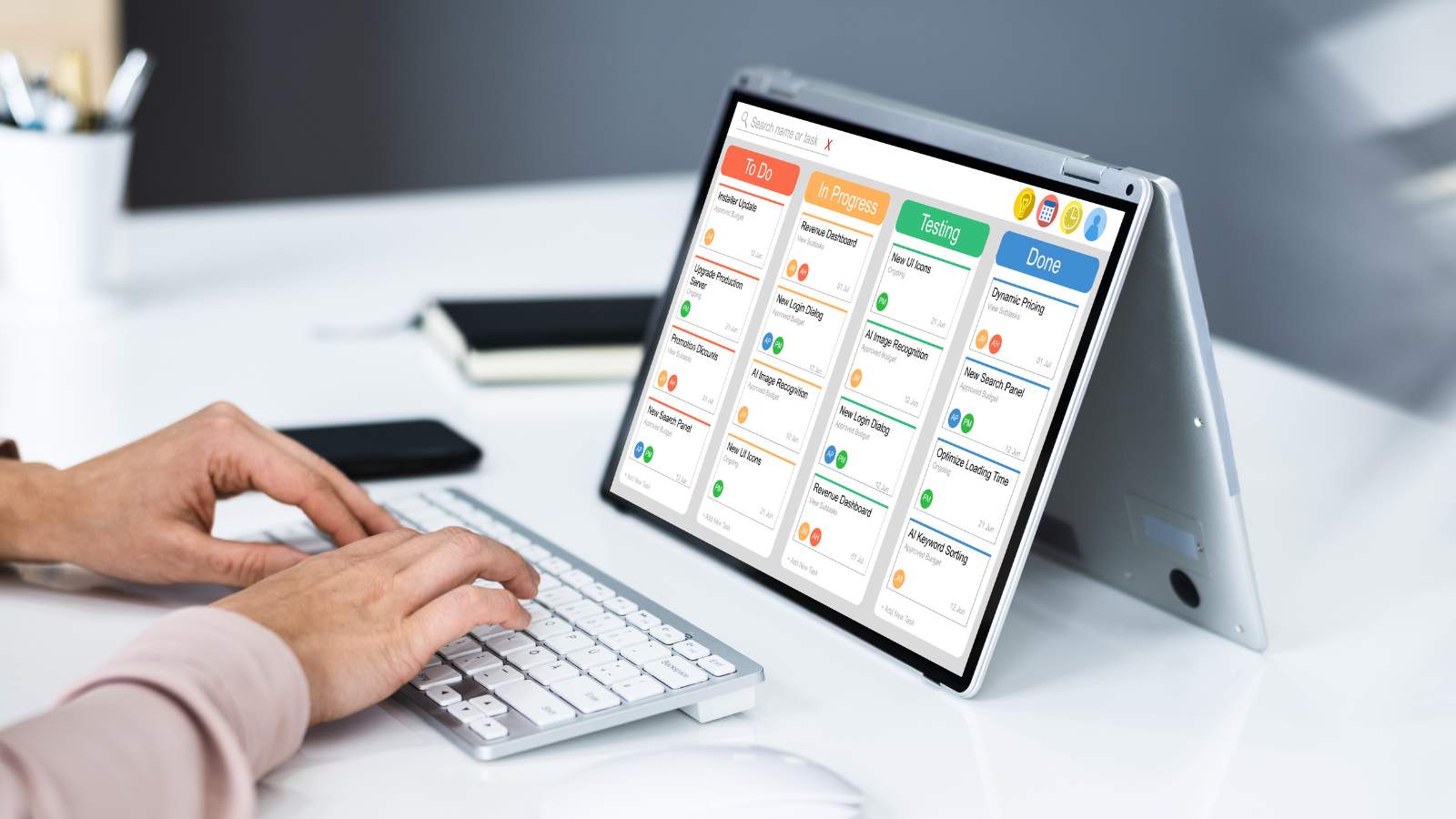
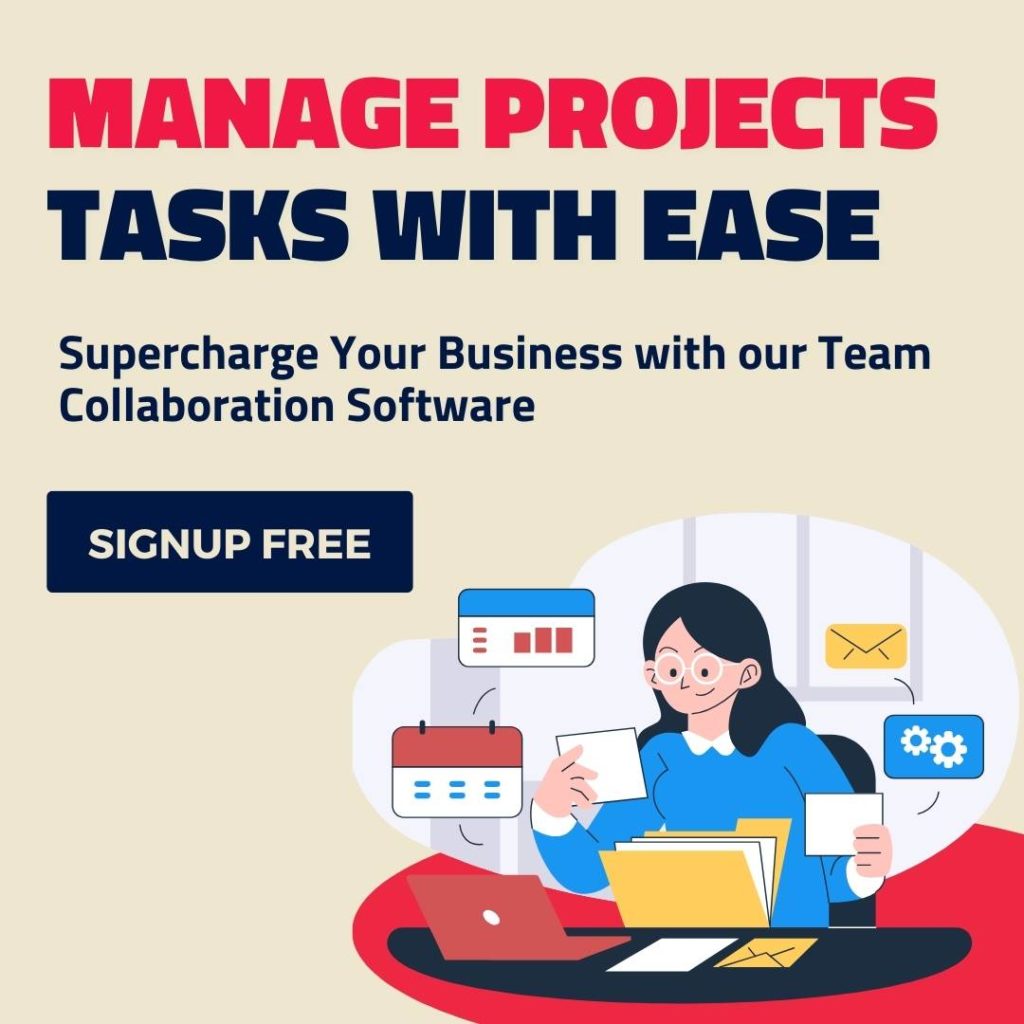


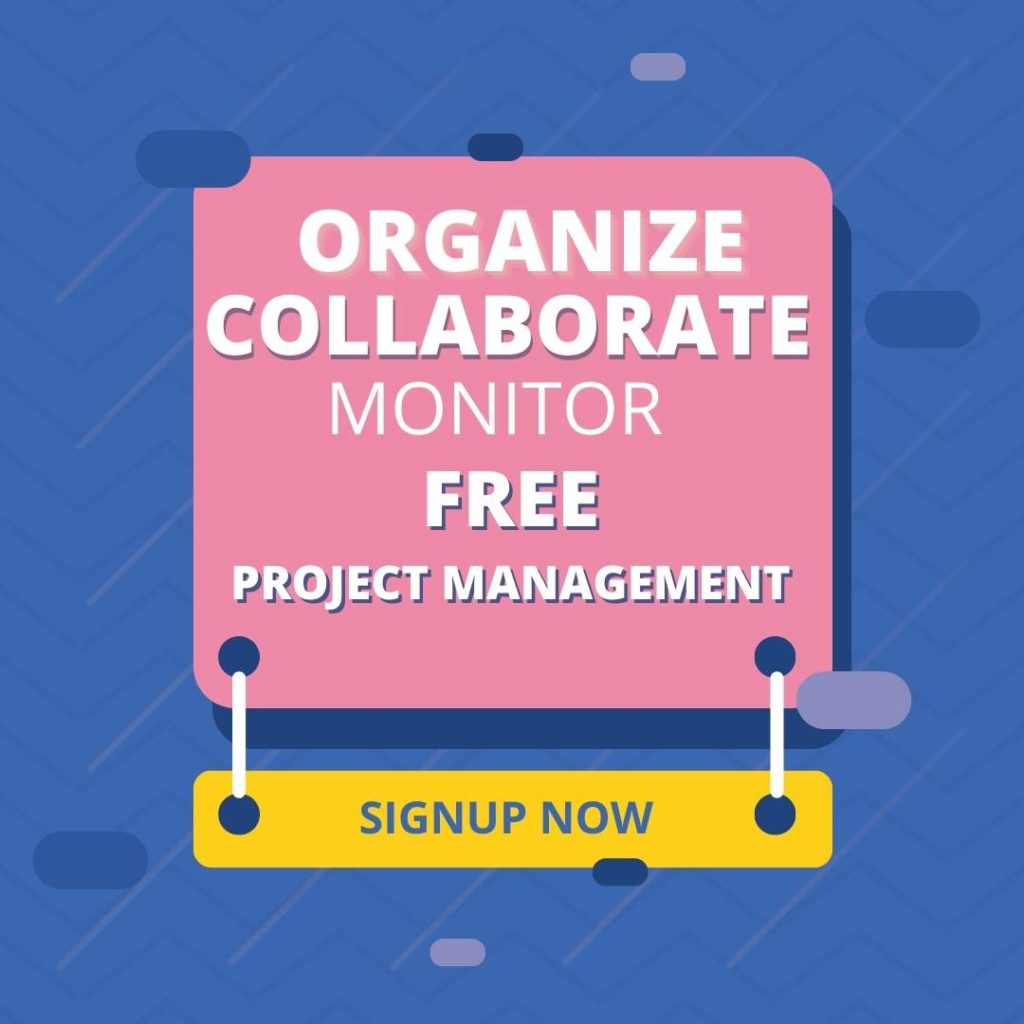


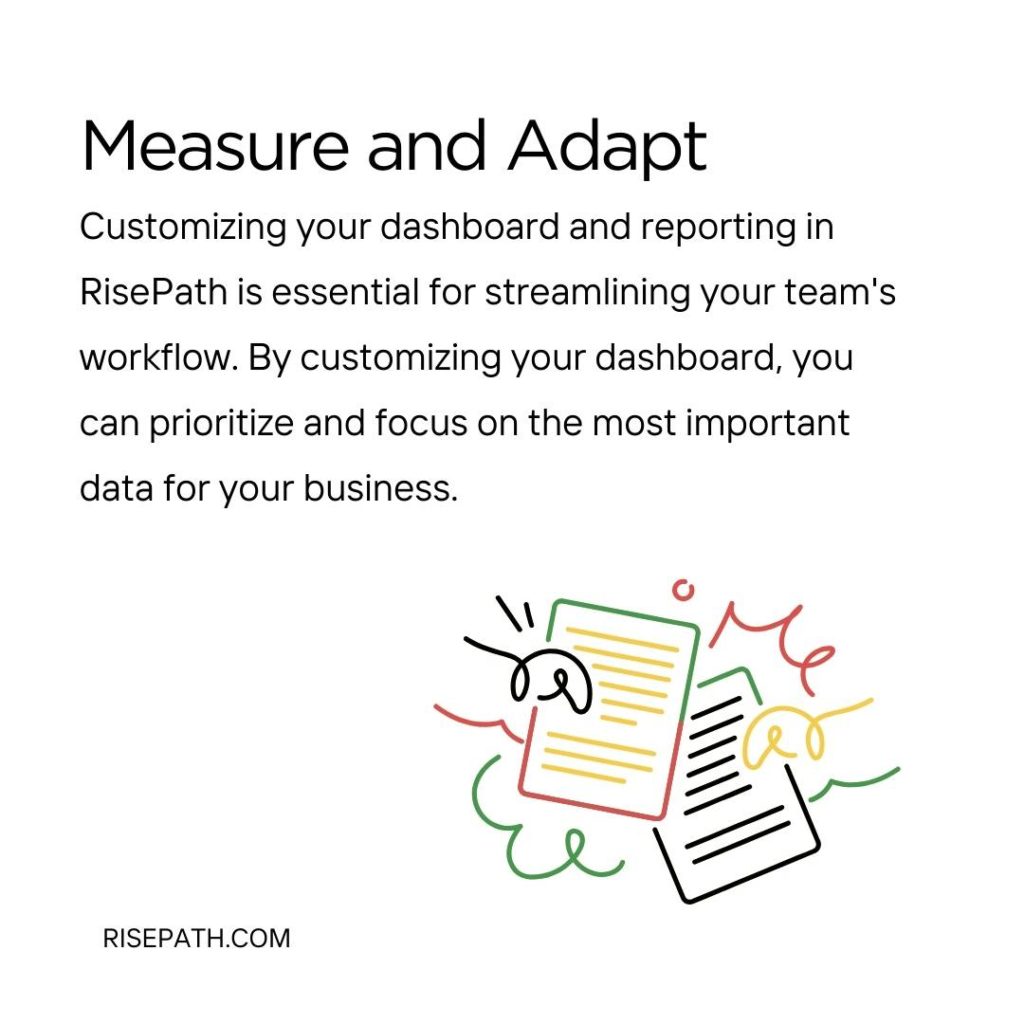
Comments are closed, but trackbacks and pingbacks are open.